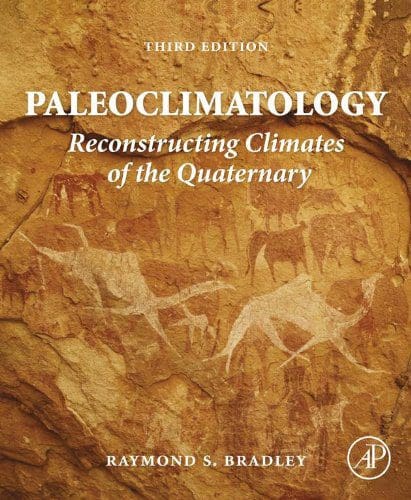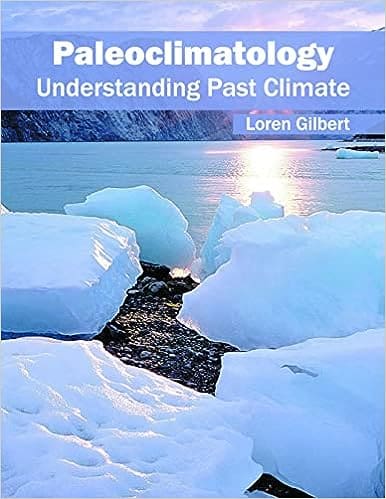Definition
Paleoclimatology is the study of past climates, going back as far as Earth’s formation four billion years ago.
Expanded Explanation
Paleoclimatology involves studying changes in climate that occurred far before instrumental weather records existed. Scientists use proxy data, like ice cores, tree rings, and sediment layers, to infer information about past climate conditions.
Importance
Understanding past climates helps scientists predict future climate changes and their potential impacts. It also provides context for current climate conditions and changes.
Context and Usage
Paleoclimatology is used in the field of Earth sciences to understand Earth’s climate history. This knowledge can inform policies and strategies for managing and mitigating the effects of climate change.
Examples
- Example 1: Paleoclimatologists study ice cores from the polar regions to understand how Earth’s climate has changed over the past hundreds of thousands of years.
- Example 2: Fossil records are used in paleoclimatology to infer information about climate conditions during different geological periods.
Understanding Paleoclimatology
A common misconception is that it only involves studying ice cores. In reality, the field uses a wide range of proxy data, including tree rings, coral reefs, sediment layers, and more.
Related Glossary Terms
- Climatology: This term is related to paleoclimatology as both involve the study of climate. While climatology focuses on recent and current climate patterns, paleoclimatology looks at historical climate conditions.
- Paleontology: This is the study of ancient life forms. Paleoclimatology and paleontology often intersect as climate changes can influence the evolution and extinction of species.
Visual Aids
External Resources for Further Reading on the Glossary Term
Related Articles
- Heat and Its Role in Climate Change: A Deep Dive
- The Importance of Temperature in Our Changing Climate

